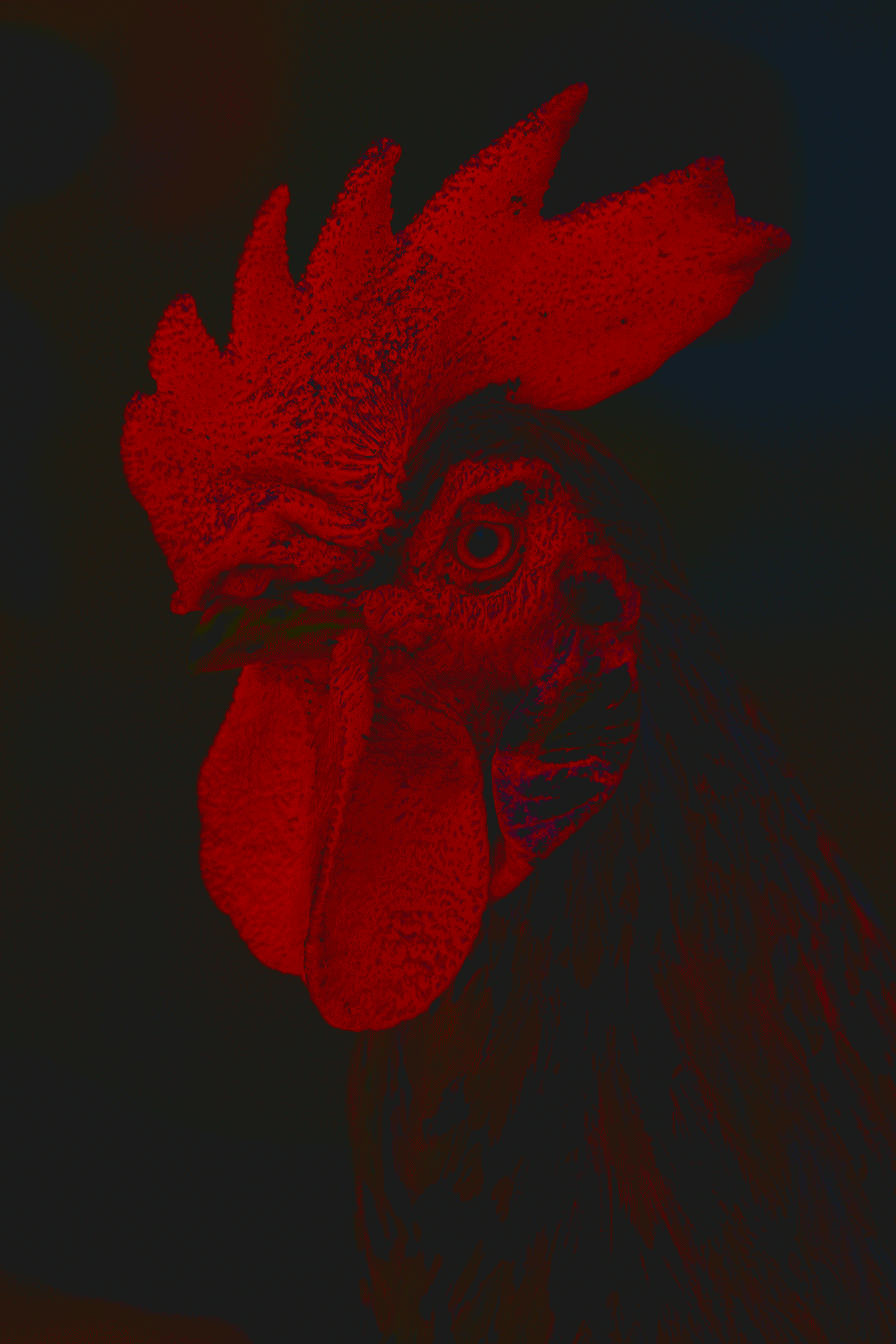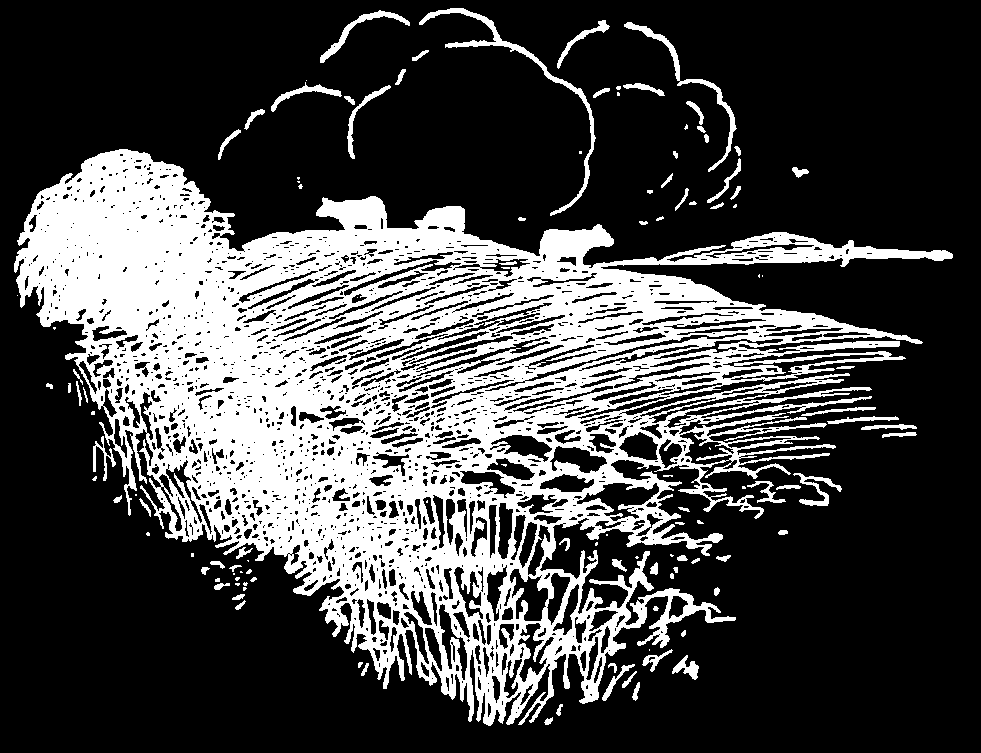What Animals Are For
Written By Yudosai for english classNov 23, 2019

Cats, as pets, are very unique. According to the BBC, they react and communicate quite differently when compared to dogs, and recently have become very popular pets. However, pets as an institution is not as innocent as it may come across. John Berger’s “On Animals” Discusses the many ways the marginalization of animals is both embedded and expected in modern society. Through the lens of Berger’s essay. Both Lenora Charrington’s “The Debutante” and Clarice Lispector’s “The Chicken”, the ways the animals are presented to the reader does not only help the reader understand the text through symbolism, but the use of such symbols give hints to the ways the animals are pushed to the cultural and physical margins of society.
The way the author uses personification and symbolism as a tool for the reader to understand how the girl pushes the hyena to the margins of society. In his work, Berger discusses the way animals are presented in human mediums. In the cartoons of Walt Disney, he writes, the animals are less animals than they are representations of human thoughts and ideas through animals. This is seen when he says “Those co-opted into the family somewhat resemble pets. But having no physical needs or limitations as pets do, they can be totally transformed into human puppets”(Berger 124). The ‘puppets’ Berger refers to are the characters in Disney’s films and similar media, the anthropomorphism of animals beyond their real-life form into something that is more human than animal. This idea is explored in Charrington’s story, when she writes “Those co-opted unto the family somewhat resemble pets. But having tn physical needs or limitations as pets do, they can totally be transformed into the human puppets” (Berger 124). The girl, a child and social recluse, is being forced to attend a debutante ball, a social event, celebrating her coming of age. The ball is far beyond the comfort zone, and the hyena is used to represent this uncomfort and unreadiness. At heart, she is still a child , and is not truly understood by those around her. Furthermore, the hynas likeness has been redefined by both the girl and Charrrington into a human like character for the audience’s understanding. The hyena is taught french, and communicates with the girl in a completely human way. Though it is still an animal, the usage of an animal to convey the girl’s emotions to the reader derprives the animal of its qualities and meaning, in that it becomes closer to a tool than an animal, forming its physical marginalization.
The situation the hyena is pushed into forces it to break free of its physical margin, however in doing this, it pushes it further into its cultural margin. Sharing and telling stories are a vital part of the human experience. However, when it comes to using animals to tell these stories, that is when the cultural marginalization begins to occur. In fact, “These animals are not being ‘borrowed’ to explain people, nothing is being unmasked; on the contrary. THese animals have become prisoners of a human/social situation unto which they have been press-ganged.”(Berger 126). In essence, it no longer matters that they are animals, and all the traits of their species are replaced with human ideas and expectations. Charrington's story attempts to challenge this when ".. the thing who was in Your place cried: 'I smell a little strong, eh? Well s for me, I do not eat cake.’ With those words she removed her face and ate it.”(Charrington 120). The physical margin was the Debutante Ball the hyena was at, and the face she wore to it. Unlike humans, hyenas do not eat cake or go to functions like this. By removing the mask and proclaiming this before the group, the hyena escaped its prison in its social situation, and thus its physical margin. However, as a symbol for how the girl feels about the event (she hates it), the hyena is only supportive of this idea, thus extending itself as a projection of the girl rather than an animal escaping its social cage. This notion supports its cultural marginalization as a symbol for the reader and tool for the author.
The adoption of the chicken into the family as a pet because it laid an egg is itself a symbol for cultural marginalization as a whole. The idea of keeping animals as pets is one based entirely around the wants and needs of their captors-- humans. As Berger states, “But, since in this relationship the autonomy of both parties has been lost(the owner has become the-special-man-he-is-only-to-his-pet and the animal has become dependant on ints owner for every physical need), the parallelism of their separate lives has been destroyed.” (Berger 124). The pet is now reliant on the owner and is no longer independent, and the owner must provide for it on no basis other than their moral obligation. What compliments this idea is when, in Lispector’s story, the child says “‘Mama, mama, don't kill the chicken anymore, she laid an egg! She cares about us!’” (Lispector 122). After noticing the chicken is about to lay an egg, all resignations are dropped, and plans are altered. This shows the reader that a special importance is placed upon mothers in human society. However, the reaction as such when applied to a chicken near its planned expiration date is a projection of these ideals on another species, and is itself the meaning of cultural marginalization-- and the scenario serves as a symbol for it. This importance that the humans cherished caused them to create a new margin for the chicken -- the home. Being relegated to the confines of the human home as a pet is a physical marginalization because the chicken, and its offspring, are both now wholly reliant on their captors for life. After their proclamation to the chicken, the humans are the caretakers of the chicken. Neither of them really wanted to be in this position, and their lives are permanently joined in a way that is unnatural and toxic - especially for the chicken. The line “she cares about us” is especially telling, as the chicken has no assemblance of what humans want or need, they immediately assumed the natural reproductive process was related to them in some way, and used it to further the margin.
The way Lispector characterizes the chicken's action and emotions shows how the species has been marginalized throughout human history. Humanity has benefited greatly from animals through the years. In fact, "In the past, families of all classes kept domestic animals because they served a useful purpose - guard dogs, hunting dogs, mice-killing cats, and so on." (Berger 124). As Berger states, their use as tools has had a huge impact on the development of human society. As it concerns the marginalization of animals, however, it was through this that the human perception of animals began to shift from fellow inhabitants to servants of the species. Nowhere is this concept exhibited better than when Lispector writes "But whenever anyone in the house was quiet and seemed to have forgotten her, she would fill up with a little courage, vestiges of the great escape -- and roam the tiled patio, her body following her head, pausing as if in a field, though her little head gave away: vibratory and bobbing rapidly, the ancient fright of her species long since turned mechanical" (Lispector 122). The direct contradiction of placing any moral values on the chicken is futile, and thus the irony, since the chickens existence is defined by human needs. The chicken has been marginalized throughout human history, and Lispector's story mocks this by personifying the chicken as a character (referencing it by human pronouns, and giving it human characteristics), and giving the reader a false sense of hope that the chicken will be unique, and live a full life. This sense of false hope proves to the reader the extent of this cultural marginalization, by placing these qualities on a chicken, as it hints to the perception humans have of chickens as an accessory to the species rather than their own independent species. The references to the chicken's predictable-mechanical movements, and how the chicken's fear had "long since" turned so is a direct reference to this idea. The actions and habits of the bird were expected and studied, and the manner that they are presented by the narrator is presented in a way that is calculated and detached. This is telling the reader of the current role of chickens in society, as product, meat, and tools for humans, forcing the chicken into both the physical margins of human industry, as well as the cultural margins of the human psyche.
The marginalization of animals can be found in many human interpretations of their modern day existence. Lispector and Carrington both wrote about animals who found themselves in similarly marginalized positions, and as a whole, had them stay there. Oftentimes, these margins are found when the animals are used as symbols for human ideas and themes.
Works Cited
Berger, John. About Looking. Vintage, 1992.
Carrington, Lenora, et al. The Complete Stories of Lenora Carrington. Dorothy Project, 2017.
Lispector, Clarice. The Complete Stories. New Directions, 2015.
Dowling, Stephen. “Why Do We Think Cats Are Unfriendly?” BBC Future, BBC, 25 Oct. 2019, https://www.bbc.com/future/article/20191024-why-do-we-think-cats-are-unfriendly.
PLEASE NOTE: The page numbers referenced are that of a course reader, and are not those found in their respective works. If you really want the exact page numbers then Google Books is your friend lol. I'm not going to be working on this anymore, so take this essay with a grain of salt. The image of the rooster is from wikipedia and the image behind this text is from Robin Hood's barn; the confessions of a garden adventurer
